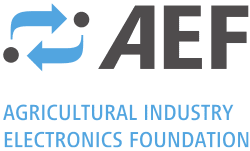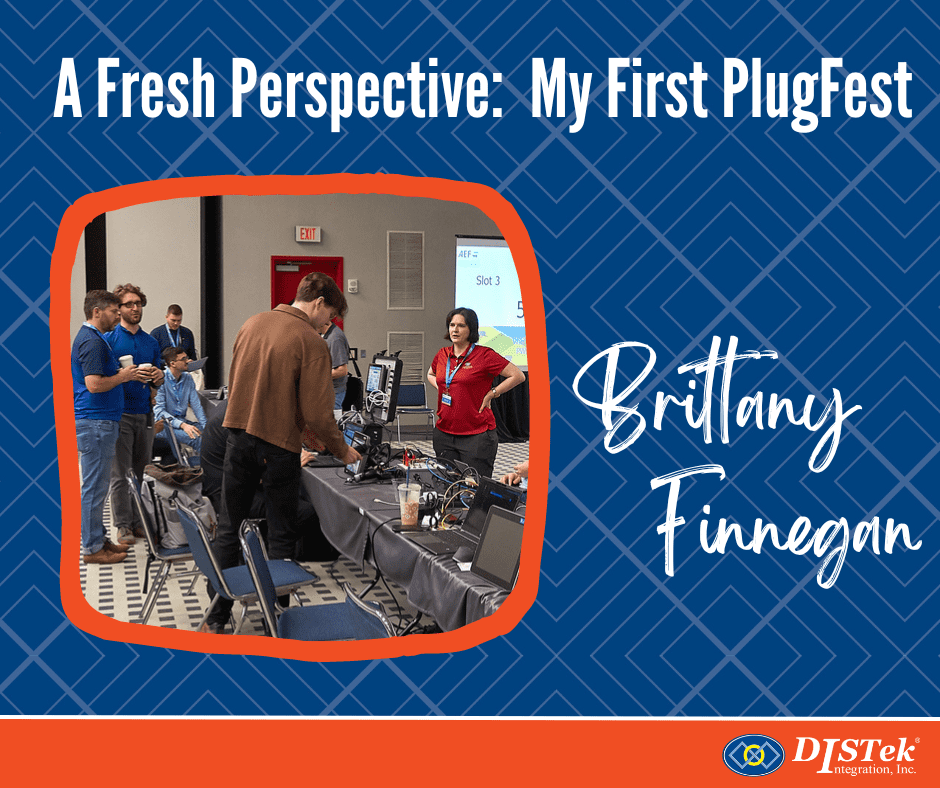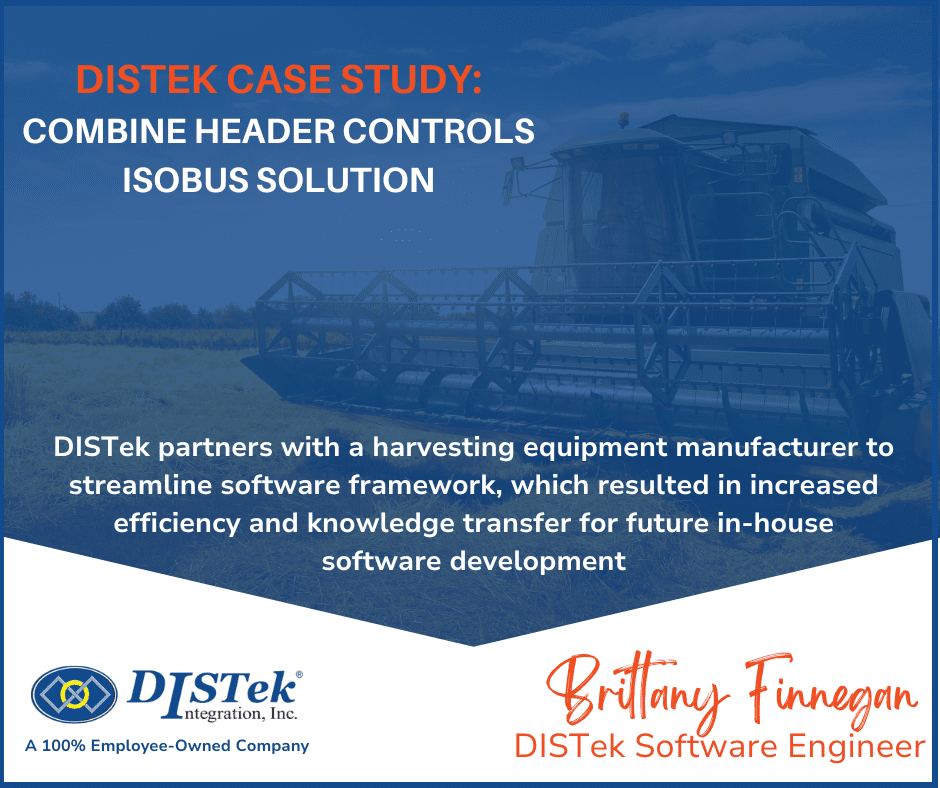
The new AEF ISOBUS Conformance Test was officially unveiled in September 2013. It is closely tied to the AEF concepts of ISOBUS Functionalities and the AEF Database. These 3 new concepts were created to address a lack of clarity with the previous AEF certification from DLG. The DLG stamp of approval indicated that a device was ISOBUS certified, but it only tested for the Virtual Terminal capability and gave no indication about other capabilities.
With the new AEF Conformance Test, each device that is tested has a defined set of functionalities against which it is tested and certified. Most functionalities have both a server and a client side; the server is typically in the cab on a higher-end computing device and the client is usually on an implement as a rugged ECU. For example, a higher-end Virtual Terminal may be certified to provide the Virtual Terminal server and a set of Task Controller server capabilities. Note: The functionality for the Virtual Terminal is named “Universal Terminal” even though the ISO standard still calls it Virtual Terminal.
Every device must pass the Minimum CF (Control Function) test which covers such items as diagnostics, transport protocol, and address claiming. Additional tests, as appropriate, are added to the Minimum CF test to form an entire test for a device and its reported functionalities. The tests are developed in and executed using National Instruments TestStand which is a test sequence editor and execution engine. When a manufacturer provides a device for conformance testing, it also provides an SUT Description file which identifies the Software Under Test and its functionalities.
Conformance Tests can be run at one of four worldwide approved test centers: DLG and CCI in Germany, REI in Italy, and NTTL (Nebraska Tractor Test Lab) in Lincoln, NE. Manufacturers and other AEF members (like DISTek) can also get test systems for their offices, but these are only used for development purposes and do not provide official certification. After a device passes the tests at one of the approved test centers, the device and its software version is added to the AEF Database. Amongst other features, the AEF Database shows how different devices play together based on their certified functionalities.
At the moment only AEF members and a few select dealers have access to the database, but it is being progressively ramped up to include more dealers. In parallel more conformance test sequences are being developed to allow testing of even further functionalities.





